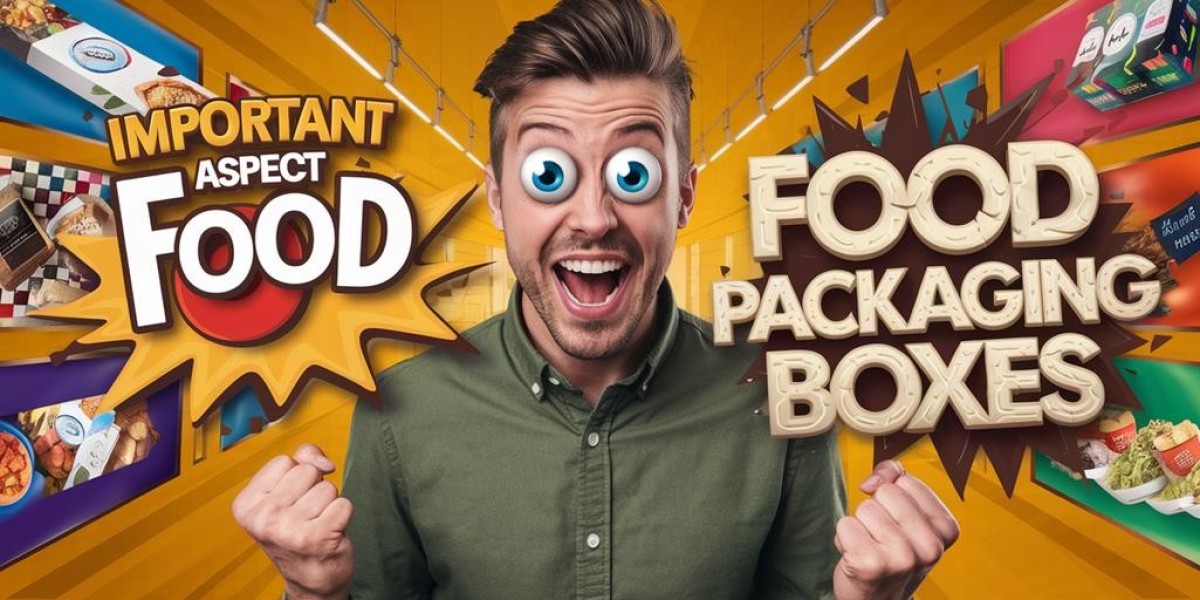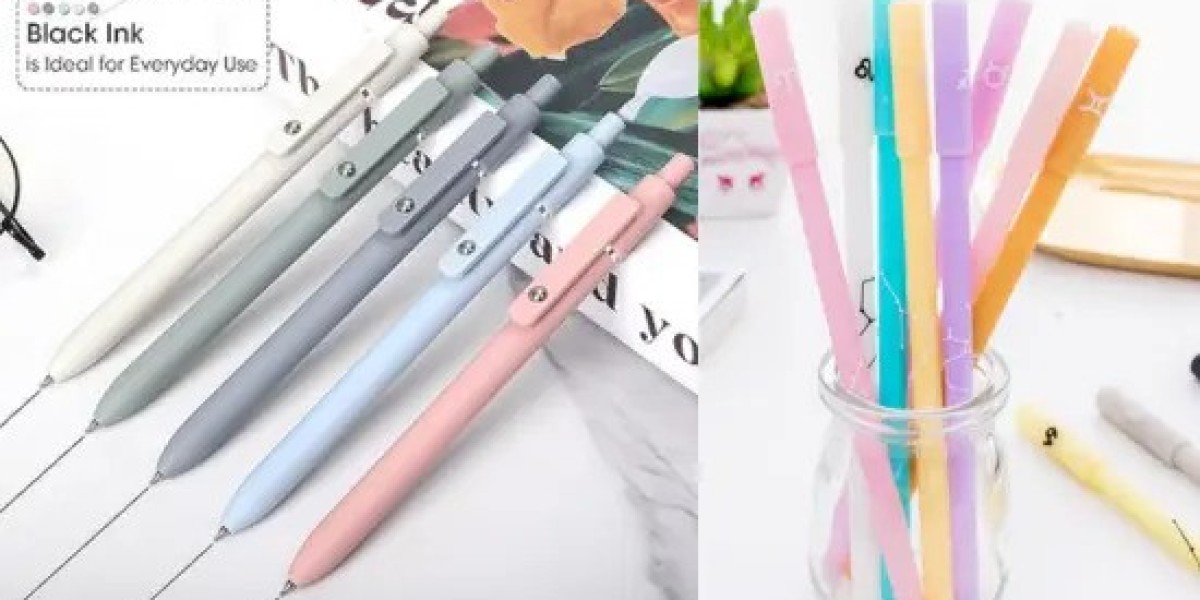Food packaging boxes ensure food safety, freshness, and consumer satisfaction. They protect against contamination and prolong shelf life through temperature maintenance and advanced barrier materials. Effective packaging design communicates essential product information, including allergens and ingredients, while visually appealing to consumers. The shift towards eco-friendly materials also aligns with growing environmental awareness, enhancing brand perception. Packaging innovations, such as intelligent features and biodegradable materials, are increasingly important. Understanding these aspects highlights the multifaceted role packaging plays in the food industry and its impact on consumer choices.
Main Points
- Food packaging preserves freshness and extends shelf life by protecting against contamination and temperature fluctuations.
- Eco-friendly materials, such as biodegradable and recyclable options, align with consumer preferences for sustainability.
- Effective design conveys essential product information, including ingredients, allergens, and tamper-evident features for consumer safety.
- Visual appeal and branding influence consumer perception and purchasing decisions.
- Advanced barrier properties in packaging prevent spoilage and maintain food products' original taste and texture.
Importance of Food Packaging
Food packaging is an indispensable component of the food supply chain, serving multiple essential functions that guarantee product integrity and consumer safety. One of the primary roles of packaging is to preserve food freshness and extend shelf life by protecting products from external contamination and limiting bacterial growth. The choice of packaging materials directly influences these essential aspects of food safety, making it critical for the food industry to select appropriate options that meet regulatory standards.
Effective packaging design safeguards food and conveys significant product information, including ingredients, allergens, and nutritional content. This transparency is vital for informed consumer decisions and compliance with labeling guidelines set by organizations like the FDA.
Additionally, the visual appeal of food packaging remarkably impacts consumer perception and purchasing behavior, necessitating eye-catching designs that enhance marketability.
As consumer awareness grows regarding environmental issues, there is an increasing demand for sustainable and recyclable packaging solutions. Incorporating environmentally friendly materials into packaging design addresses this demand and reflects the food industry’s commitment to safety and responsibility, positively influencing consumer trust and loyalty.
Custom Food Packaging For Temperature Maintenance
Effective temperature maintenance is vital in the food service and distribution sectors to guarantee the safety and quality of perishable items. Insulated packaging is crucial in preventing heat transfer and ensuring that cold foods remain cold while hot foods stay warm during transit.
Using corrugated boxes with layered structures effectively minimizes heat loss, facilitating the safe transportation of temperature-sensitive products over long distances.
Customized packaging solutions can incorporate materials designed for moisture control, essential for maintaining the quality of items such as dairy and meats. By preventing spoilage, these solutions enhance the overall integrity of perishable goods.
Additionally, packaging designs that integrate thermal barriers can significantly extend the shelf life of these items by shielding them from external temperature fluctuations.
The selection of packaging materials is vital; for instance, vacuum-sealed bags provide ideal temperature maintenance by reducing air exposure, thereby preserving food freshness.
This combination of insulated packaging, moisture control, and advanced design strategies is necessary for ensuring that perishable goods arrive in optimal condition and are ready for consumption or further distribution.
Protection From Contamination With Food Packaging Boxes
Ensuring the safety of food products from contamination is a fundamental aspect of food packaging design. Adequate food packaging utilizes advanced packaging materials that provide robust protection from contamination, safeguarding food from biological threats such as bacteria and mold. These materials are engineered to create strong barrier properties, preventing unwanted chemical contaminants from leaching into the food, thereby ensuring safety from harvest to consumption.
Tamper-evident packaging further enhances protection by offering visual assurance that a product remains uncompromised before reaching the consumer. This feature is essential in maintaining consumer trust and product integrity.
Furthermore, sealed packaging significantly reduces physical contamination from external factors like dust, dirt, and pests during transportation and storage.
In addition, custom-designed packaging solutions help maintain ideal temperature control, which is imperative for mitigating spoilage and contamination risks associated with environmental fluctuations.
These elements of food packaging are indispensable in creating a secure environment that preserves food quality while minimizing health risks, thereby fulfilling the primary objective of food safety.
Preserving Original Taste With Custom Food Boxes
Often overlooked, selecting appropriate packaging materials is essential for preserving the original taste of food products. The materials used for food packaging must be non-reactive to prevent flavor alteration caused by interactions between the food and the packaging. This is critical for maintaining original taste throughout the product’s lifecycle.
Compelling packaging features, such as airtight seals and moisture barriers, are fundamental for protecting the texture and state of food. These attributes are essential for preserving the intended flavor profile, as exposure to oxygen can lead to spoilage and deterioration of taste.
Packaging often uses advanced materials, such as barrier films, to minimize exposure to external elements, further ensuring freshness.
Moreover, tamper-evident features enhance safety while safeguarding product integrity and protecting the original flavor until consumption. By focusing on these aspects, manufacturers can considerably extend food shelf life, ensuring consumers enjoy products that retain their intended taste.
Custom Printed Food Packaging Enhance Shelf Life
Enhancing shelf life through innovative packaging solutions is vital for maintaining the quality and safety of food products. Adequate food packaging employs barrier materials that protect against oxygen, moisture, and light, all fundamental factors in prolonging the shelf life of perishable items. These protective attributes prevent spoilage and guarantee that food remains fresh for extended periods.
Insulated packaging, such as corrugated boxes with layered structures, minimizes heat transfer, allowing cold foods to maintain ideal temperatures during transit. This reduction in temperature fluctuations considerably enhances the longevity of temperature-sensitive products.
Furthermore, tamper-evident features provide safety assurances and help maintain the integrity of food, preventing contamination and spoilage.
Advanced technologies, including vacuum sealing and modified atmosphere packaging (MAP), further extend shelf life by creating environments that inhibit microbial growth and oxidation. Non-reactive packaging materials, such as certain plastics and glass, are specifically designed to avoid flavor alteration, preserving food's original taste and quality over time.
Together, these innovations in food packaging play a vital role in enhancing shelf life and guaranteeing that consumers receive safe, high-quality products.
Eco-Friendly Packaging Solutions
Recognizing the urgent need for sustainable practices, the food packaging industry increasingly turns to eco-friendly solutions, prioritizing recyclable and biodegradable materials. Companies are adopting packaging solutions that meet the growing consumer demand for environmentally responsible products and significantly reduce their environmental impact.
Corrugated cardboard and paper-based products are highly recyclable and biodegradable, contributing to a more sustainable packaging ecosystem.
Innovations in biodegradable materials, spearheaded by start-ups like Atacama Biomaterials, are emerging as viable alternatives to traditional plastic packaging, further enhancing the sector’s sustainability profile. Major brands, such as Coca-Cola, have responded to this change by converting to clear plastic for Sprite bottles, thereby improving recyclability and aligning with consumer preferences for sustainable packaging.
Moreover, the trend toward minimalistic designs reflects a broader consumer inclination towards convenience and environmental responsibility.
Regulatory pressures and heightened awareness of packaging’s environmental impact are compelling brands to explore and adopt alternative materials that minimize their carbon footprint. This collective movement towards eco-friendly food packaging solutions is vital in fostering a sustainable future.
Branding and Consumer Perception With Food Boxes
The shift towards eco-friendly packaging solutions has considerable branding and consumer perception implications. As sustainability becomes a central value for consumers, brands must adapt their packaging design to meet these evolving expectations.
Key factors influencing consumer choices include:
- Shelf Appeal: Eye-catching designs and vibrant colors enhance product visibility, significantly impacting purchasing decisions.
- Brand Loyalty: Consistent branding across packaging fosters trust, encouraging repeat purchases from consumers who prioritize shared values, particularly regarding sustainability.
- Willingness to Pay More: 66% of consumers express readiness to pay a premium for products featuring eco-friendly packaging.
This growing awareness of sustainability affects how consumers perceive brands. With 72% of consumers acknowledging that packaging design influences their choices, companies that incorporate eco-friendly options enhance brand visibility and align themselves with the principles of sustainability.
Innovative packaging solutions, such as aluminum containers, improve transportability and resonate with modern consumer preferences for convenience and environmental responsibility.
Consequently, effective branding via sustainable packaging can strengthen brand loyalty, directly impacting a company’s market position and consumer engagement.
Types of Food Packaging
In the diverse landscape of food packaging, various types serve distinct purposes, each tailored to specific product requirements and consumer needs.
Flexible barrier packaging is designed to extend storage life by creating a protective seal around food items, effectively preventing moisture and oxygen from compromising freshness.
For external master packs, corrugated boxes provide sturdy protection during transport and storage while being highly recyclable, addressing both packaging requirements and environmental factors.
Cans and bottles are ideal for liquids and high-moisture foods, offering airtight sealing that preserves taste and dramatically extends shelf life.
Meanwhile, wrappers with barrier properties are essential for snacks, protecting against contamination and moisture while maintaining product integrity.
Additionally, trays and cartons made from sustainable materials cater to various food types, emphasizing eco-friendliness and convenience in packaging design.
Innovations in Packaging Design
Innovations in packaging design are reshaping the food industry by introducing cutting-edge technologies and materials that enhance product preservation and consumer experience. These advancements improve functionality and align with evolving consumer preferences for sustainability and safety.
- Biodegradable Materials: Companies like Atacama Biomaterials are developing compostable options that serve as sustainable alternatives to traditional plastics.
- Smart Packaging: This technology incorporates freshness and safety monitoring features, directly providing consumers with real-time information about product quality.
- Minimalistic Design: Focusing on functionality and aesthetics reduces waste, appealing to environmentally conscious consumers.
Furthermore, the integration of antioxidants within packaging materials represents a significant innovation that aims to extend shelf life by protecting food products from oxidation and spoilage.
Virtual twin technology streamlines testing and production processes, producing more efficient and effective packaging solutions.
By embracing these innovations, the food industry is addressing the demand for sustainable materials and enhancing the overall consumer experience through improved design and functionality.
Such advancements are vital for meeting the challenges of modern food distribution while prioritizing safety and environmental responsibility.







